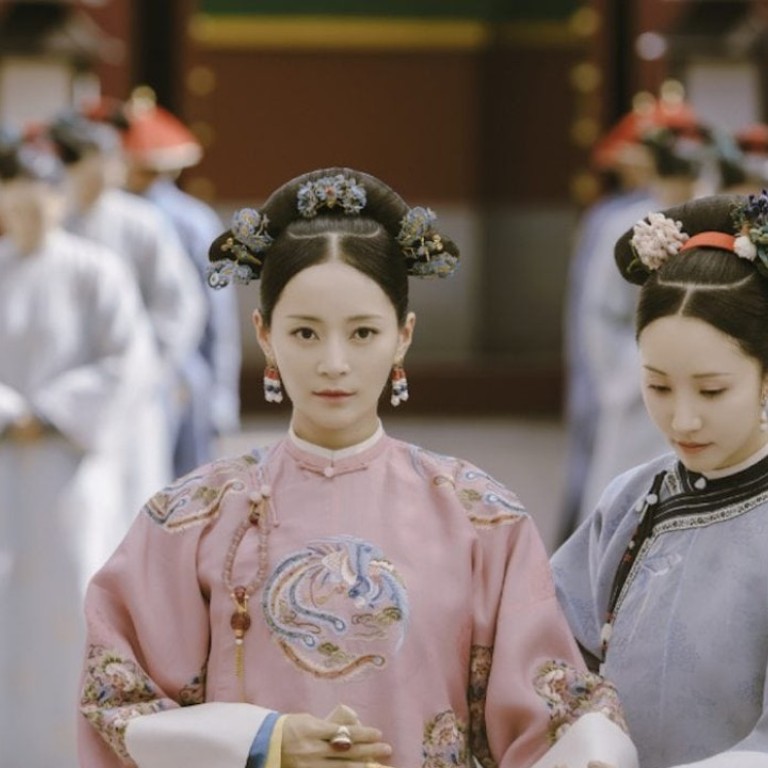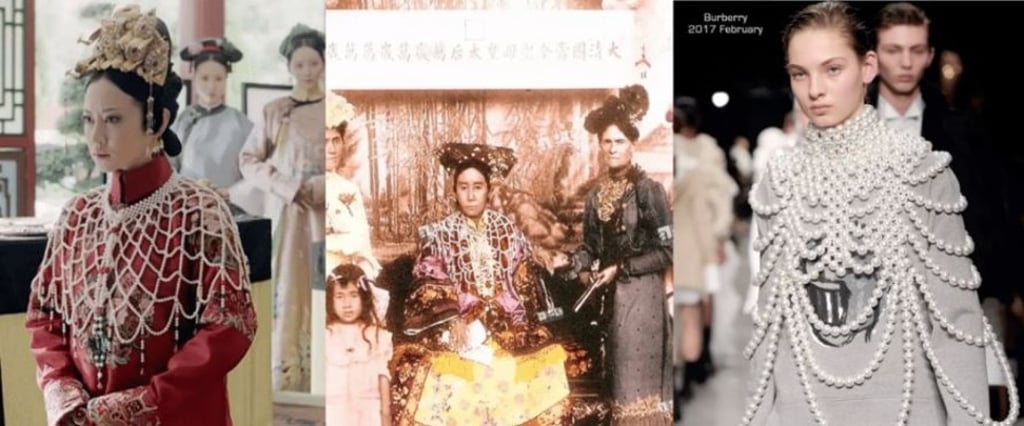How has Chinese drama ‘Story of Yanxi Palace’ made an impact on the global fashion stage?

Social media has been abuzz about ‘Story of Yanxi Palace’ with ‘Elle China’ and other top magazines focusing on stars and authentic outfits and style of series
This article was written by Ruonan Zheng and originally published in Jing Daily.
This summer has seen fevered discussions on mainland China’s social media platforms about the ancient Chinese fashions featured in a hit historical television drama series that has enraptured viewers across the country.
More than 700 million people – half of the nation’s population – tuned in on a single day to watch Story of Yanxi Palace, the 70-episode series focusing on the world of treacherous, back-stabbing concubines in China’s imperial palace.
The Mandarin-language programme being aired on the Chinese online video platform iQiyi has not only claimed the record for the online show with the biggest audience, but also has remained top of the trending list on the mainland’s microblogging website, Weibo, ever since the first episode was shown on July 19.
Netizens across the nation have described the show as nothing short of a “sensation”.
Set during the days of the Qing dynasty (1644–1912), the show follows the predictable yet relatable storyline of how a loyal maid climbs “the imperial ladder” to eventually become the emperor’s favourite concubine.
What’s not a cliché, though, is the show’s well-rounded characters, as well as its sets and costume designs.
The authentic portrayal of ancient Chinese style in the show has had fashion bloggers obsessing over fashion details in long, fawning posts that track, frame by frame, all the show’s wardrobe choices – from clothing and accessories to hairstyles.
